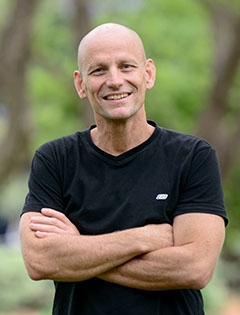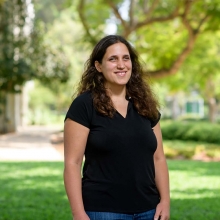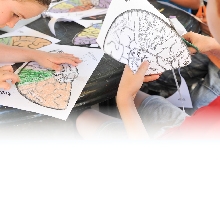Saving hearts
Scientists identify key protein that regenerates heart tissue
Briefs

Heart disease remains the leading cause of death worldwide. In some cases, existing treatments keep heart tissue damage at bay. But once the damage has been done, it’s irreversible.
Now, a new study by the Weizmann Institute of Science has uncovered a molecule in the hearts of newborns that appears to control the repair and regeneration process after injury.
The study, published this week in Nature, conducted by Prof. Eldad Tzahor of the Department of Molecular Cell Biology identified the molecule, Agrin, which is expressed during embryonic development but then stops around the time of birth. When introduced into adult hearts of mice, Agrin appears to “unlock” a regenerative process that enables the repair of the heart muscle.
After an adult suffers a heart attack, the heart does begin to heal, but slowly and with undesired scarring. Scar tissue is incapable of contracting and therefore can’t pump blood, creating stress on the rest of the heart—leading to heart failure. That’s the case for humans. Fish can efficiently regenerate damaged hearts, and mice retain the ability for a week after birth, which is what gave Prof. Tzahor a time window in which to explore the cues that promote heart regeneration.
Doctoral student Elad Bassat at Prof. Tzahor lab was the driving force behind this project and was helped by other team members, in collaboration with other institutions. The researchers suspected that the secret to embryonic heart tissue regeneration lies in the supporting tissue surrounding heart cells, known as the extracellular matrix (ECM), since many cell-to-cell messages pass through it while others are stored within it. They found that the younger ECM elicited the proliferation of heart muscle cells called cardiomyocytes. When they screened ECM proteins for those that caused this proliferation, they identified Agrin as playing the key role in renewing heart tissue. Agrin has been known for its role in regulating the signals passed between nerves and muscles.
When they introduced Agrin into the injured hearts of mice, the hearts almost completely healed and became fully functional after about a month. At the end of the recovery period, the scar tissue was dramatically reduced and was replaced by living heart tissue that restored the heart’s pumping function.
Turning back the clock
It appears that in addition to instigating cardiomyocyte renewal, Agrin somehow affects the body’s inflammatory and immune responses to a heart attack, says Prof. Tzahor. Additionally, it may affect the pathways involved in suppressing scarring.
“Clearly, this molecule sets a chain of events in motion,” he says. It appears that Agrin does its work by binding to a receptor on heart muscle cells, which reverts the cells into a less mature state and thus promotes cardiomyocyte cell division.
The research team tested the function of Agrin in human heart muscle cells, and has started pre-clinical trials in Germany in collaboration with the Technical University of Munich to determine the effect of Agrin on cardiac repair. The studies may lead to drug therapies for heart disease, and thereby offering a solution to the world’s deadliest disease.
Prof. Eldad Tzahor's research is supported by the Yad Abraham Research Center for Cancer Diagnostics and Therapy, which he heads; the Henry Krenter Institute for Biomedical Imaging and Genomics; the Daniel S. Shapiro Cardiovascular Research Fund; and the European Research Council.

Prof. Eldad Tzahor








